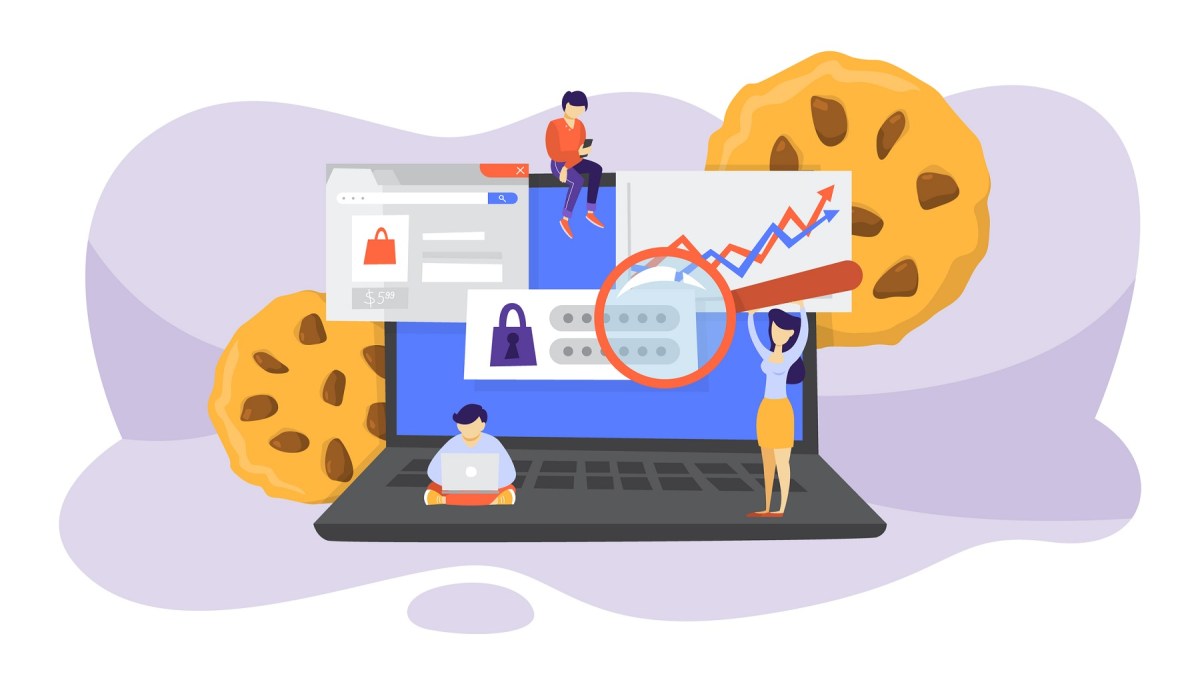Most consumers expect personalised ads and experiences, and retailers are perhaps under the most pressure to deliver tailored experiences in-store and online.
Until the recent plans for its deprecation, the third-party cookie provided the original common infrastructure for digital advertising, enabling different parts of the ecosystem to work with each other, and to identify and connect with audiences across the open web.
However, with the recent commitment from Google to finally bring to an end third-party cookies in the second half of 2024, retailers need to find solutions to keep things personal, and fast, as this is the final domino to fall in the death of the third-party cookie.
To help retailers sustainably prepare for the end of third-party cookies and other signals, here’s my advice for cookieless targeting.
Taking the first step
Before solving any of the many problems they are facing, companies must take the first step: developing a first-party data strategy.
First-party data is not just a salve for the end of cookies, but also a launchpad for numerous cutting-edge marketing applications of which cookieless addressability is just one.
First-party data is different from third-party data as it’s collected from a company’s customers, with their permission, over the course of engagements with the consumer. When you consider the number of touchpoints per customer and multiply that by the number of customers you have, you can easily see the degree of data generated and how powerful this can become for your business.
Not only does this data provide the richest source of insights, which enables the most personal shopper experience, but it’s also privacy-safe and ethical when it’s collected with consent from the consumer.
Once you’ve gathered your first-party data, you can use the insights to develop targeted advertising strategies, experiences, and campaigns to continue to deliver personalised experiences to your customers.
Data collaboration: Filling in the gaps
Another benefit of building a strong first-party data strategy is being able to dive into one of the most innovative and impactful spaces of advertising – data collaboration.
No matter how strong your first-party data set is, there’s always an advantage to gain from leveraging additional data. New data can help you optimise your campaigns in different ways, or may even unearth new audiences to target.
Data collaboration allows a company to unite their first-party data with another entity’s data in a way that respects consumer privacy to get a deeper understanding of their customer.
Even if you feel set on the first-party data that you already have, data collaboration opens up additional revenue-generating opportunities for retailers. You could license access to your owned first-party data for a fee, offering others analytics and insight while offering privacy and transparency to your customers – or you could deepen strategic partnerships with key partners by allowing them to access your dataset.
Retail Media Networks: Up close and personal
One other key benefit of first-party data is that you can allow access to increase media spend on your channels. This is also known as creating a retail media network.
Data collaboration has paved the way for the rapid rise of retail media networks. Retail media networks are digital platforms that allow other brands to advertise to and leverage insight from the retailer’s customers. The obvious benefit to retailers is that these networks create a new, and usually quite significant, revenue stream.
However, beyond unlocking revenue, another benefit of retail media networks is that retailers can benefit from their partners’ data to enhance customer intelligence and better understand changing consumer needs, which allows for better targeting and enhanced customer experiences.
The key component that retailers must have to build sustainably for the foreseeable future is a sound first-party data strategy. Through first-party data, retailers can leverage solutions that will help them through the headwinds they must face, from the near-term of cookie deprecation, to the far-term of deepening customer relationships and forming a flywheel of insights, deepening relationships, and revenue.
Melanie Hoptman is chief operating officer of APAC for LiveRamp.

